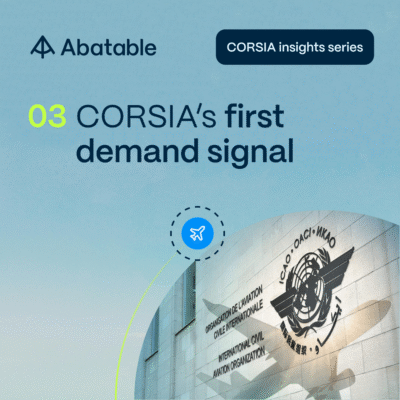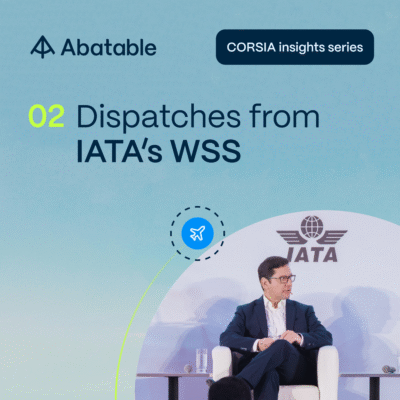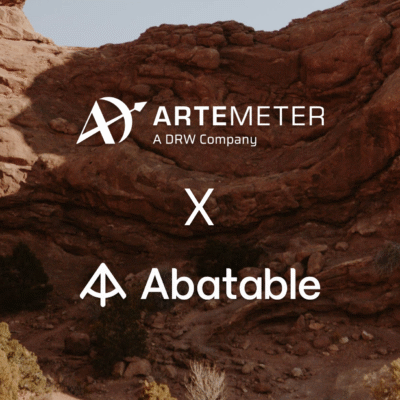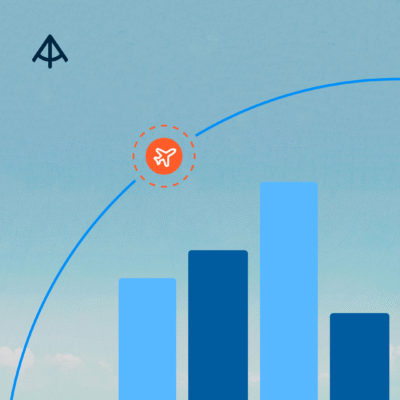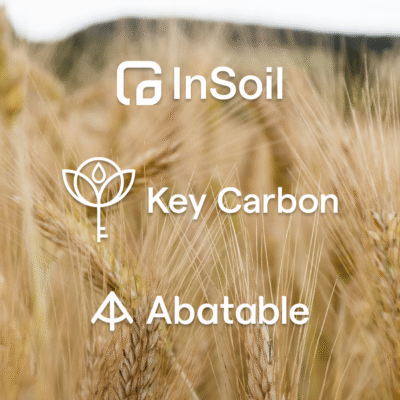In the third and final article in our CORSIA series, Juan Carlos Arredondo Brun and Alejandro Limón Portillo explain what ICAO’s release of aviation emissions data for 2024 means for airline offsetting requirements under CORSIA.
The first real picture of the demand for CORSIA-eligible carbon credits compliance demand has emerged, following the International Civil Aviation Organization’s (ICAO) release of the growth in global aviation emissions data in 2024.
CORSIA, the Carbon Offsetting and Reduction Scheme for International Aviation, requires airlines to compensate the growth of their emissions above a 2019 baseline with CORSIA-eligible carbon credits.
With ICAO’s release of emissions data for 2024, along with the sectoral growth factor (SGF), airlines have a view of their requirements to compensate for emissions under the first year of the First Phase of the scheme, which runs from 2024-2026.
Below, we break down ICAO’s announcements and what they mean for the future supply-demand balance under CORSIA’s First Phase.
ICAO confirms emissions growth and expected CORSIA offsetting needs
The publication of the 2024 global aviation emissions data alongside the SGF, provides the most reliable CORSIA demand benchmark to date.
Based on emissions reports from 128 countries and ICAO’s data for an additional 10 countries, ICAO confirmed that:
- total international aviation emissions in 2024 were 597 MtCO2 (up 12.6% from 2023);
- 363 MtCO2 now falls under CORSIA offsetting obligations (based on the list of participating countries in the scheme’s First Phase); and
- the SGF is 0.15948315. This will be used by civil aviation authorities to determine airline-level offsetting volumes.
Abatable estimates a demand of around 58 MtCO2 CORSIA-eligible credits to compensate for 2024 emissions, based on the new figures. This reflects the difference between the 363 MtCO2 of emissions subject to offsetting and the 85% of 2019 emissions baseline applied under the scheme, totalling 305 MtCO2.
This demand exceeds previous estimates from Abatable, ICAO, and IATA, reflecting a faster-than-anticipated rebound in air traffic since the COVID-19 pandemic.
Looking across the full First Phase (2024–2026), Abatable’s updated projections now indicate an upper bound for total forecasted demand of around 220 MtCO2 – closely aligned with IATA’s revised maximum projection of 236 MtCO2.
With the total 2024 demand established, the next step is for national civil aviation authorities in each participating country to apply ICAO’s published SGF to determine airline-level obligations. These allocations are expected later this month, which will provide a more granular view of procurement needs.
CORSIA supply is expanding, but near-term volumes remain limited
On the supply side, ICAO has also expanded access to eligible units. The Isometric and Premium T-VER registries have now been approved to supply credits in CORSIA’s First Phase, bringing the total number of CORSIA-eligible programmes to eight.
ICAO has also announced the first eligible programmes for CORSIA’s Second Phase, which begins in 2027. These are:
- ACR;
- ART;
- Gold Standard; and
- Verra.
These standards can now issue CORSIA-compliant credits for reductions and removals generated from 2021 to 2029. This not only expands the supply options for the next 24 months but also indicates where the new supply may originate as obligations increase.
Progress is also visible at the registry level:
- Gold Standard has now labelled the first 1.5 MtCO2 of CORSIA-eligible units
- ART has 15.9 MtCO2 already labelled from Guyana’s REDD+ programme
These are the first tangible signs of liquidity since CORSIA’s start of First Phase and indicate renewed momentum for the scheme. The approval of new programmes also expands geographic and activity-type optionality for buyers. Isometric introduces novel eligible engineered removals, while Premium T-VER brings new supply opportunities in Thailand.
However, the supply outlook remains tight for the near term. Isometric has issued just over 42,000 tCO2 potentially available under CORSIA, and Premium T-VER has yet to begin issuance, with only seven registered projects to date.
The CORSIA market is accelerating, but supply challenges remain
ICAO’s latest updates mark a key step forward for CORSIA, yet the pressure to find a supply-demand balance in the CORSIA market remains.
Southeast Asia is currently the only geography able to match CORSIA demand at scale, and continued delays in unlocking host country Letters of Authorisation (LOAs) risk exacerbating regional imbalances. If issuance lags continue, competition for eligible credits will intensify, and pricing dynamics may tighten quickly.
With demand signals now established, airlines face clearer procurement obligations and tightening timelines.
Navigating CORSIA with confidence
We are entering a new phase of CORSIA where compliance action matters. Understanding where supply exists, when it becomes available, and how quickly demand is rising will be critical for aviation sector planning.
The release of the first demand requirements is a significant milestone in CORSIA’s transition from a plan on paper to one of the world’s largest compliance carbon markets.
Read more from our CORSIA series:
CORSIA unpacked: What does ICAO’s 42nd Assembly mean for addressing aviation emissions?
CORSIA dispatches from IATA’s World Sustainability Symposium
Abatable’s CORSIA forecasts provide market demand visibility down to the individual airline level, helping airlines build informed, resilient procurement strategies.
Our procurement solutions, technical, policy and due diligence expertise can simplify meeting CORSIA compliance. Contact us to learn how we can support your CORSIA compliance planning and procurement outcomes.




